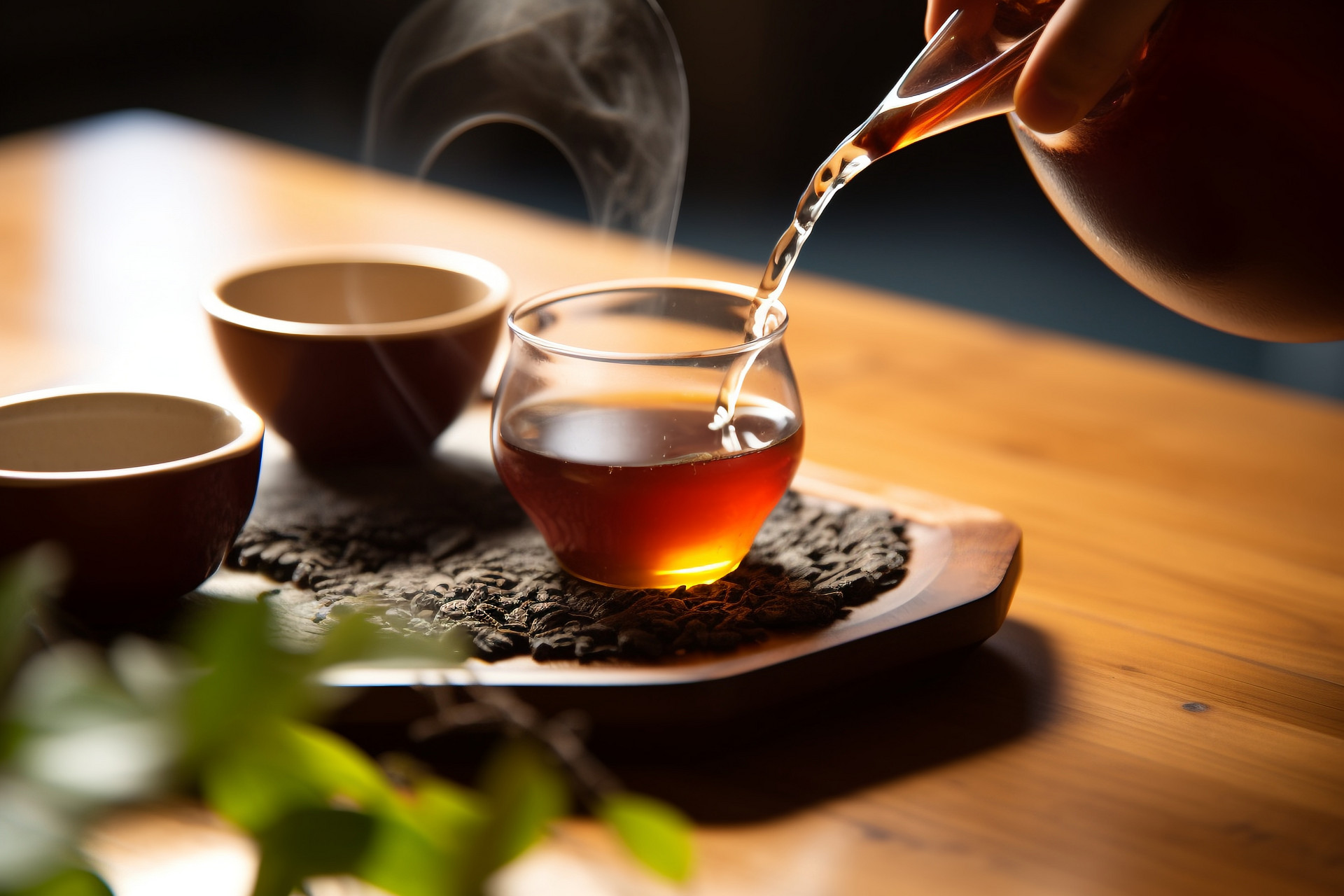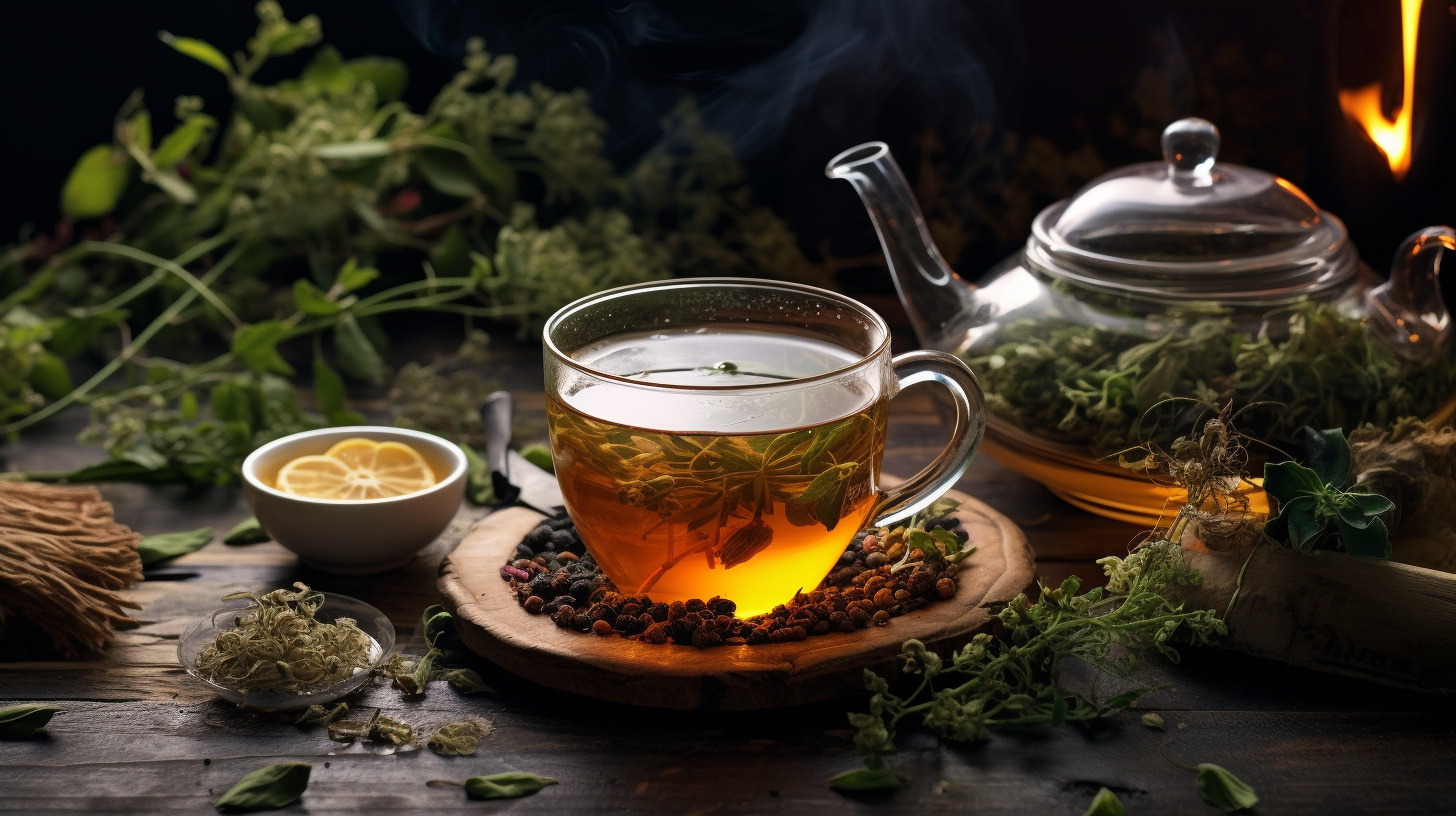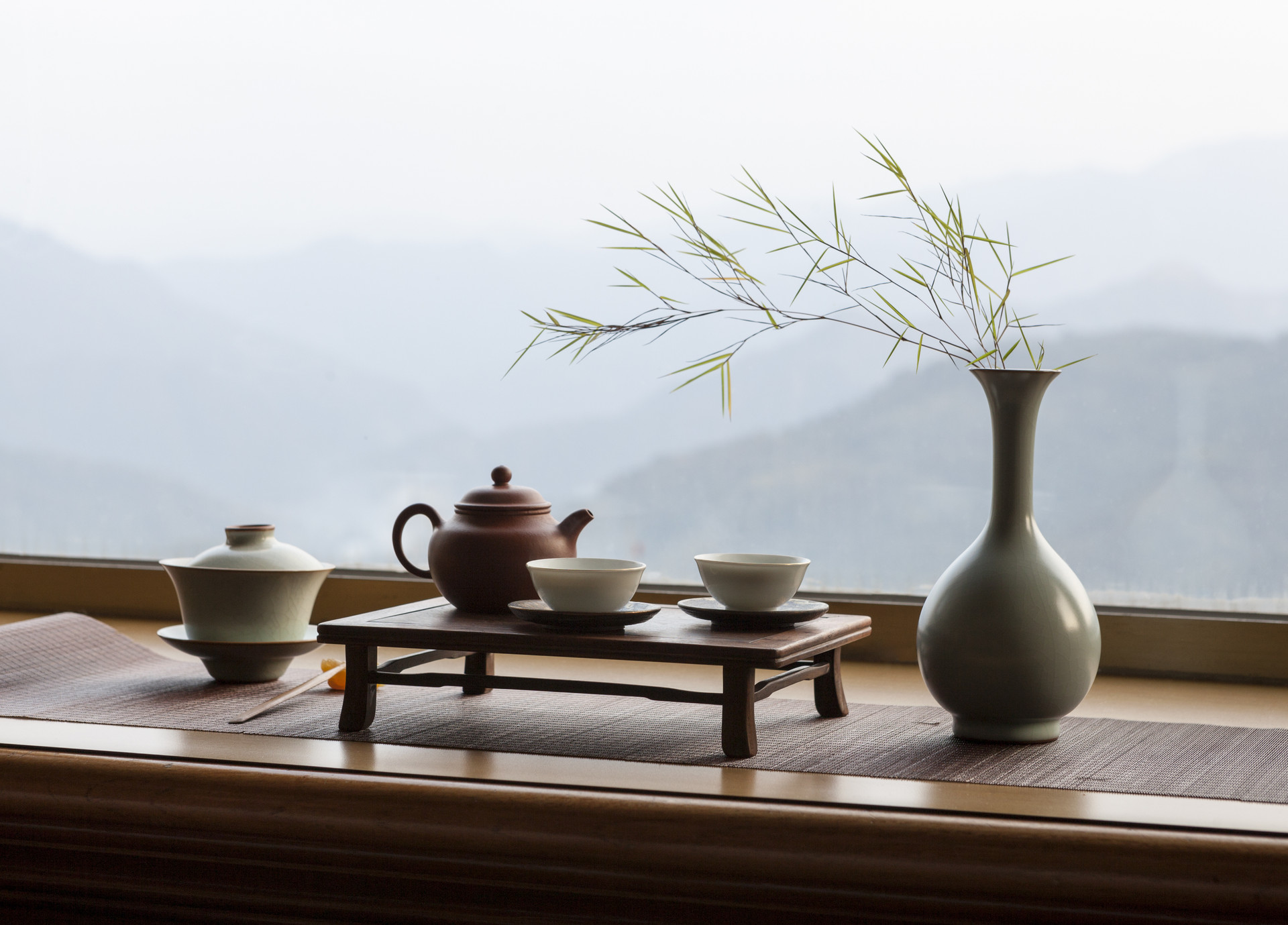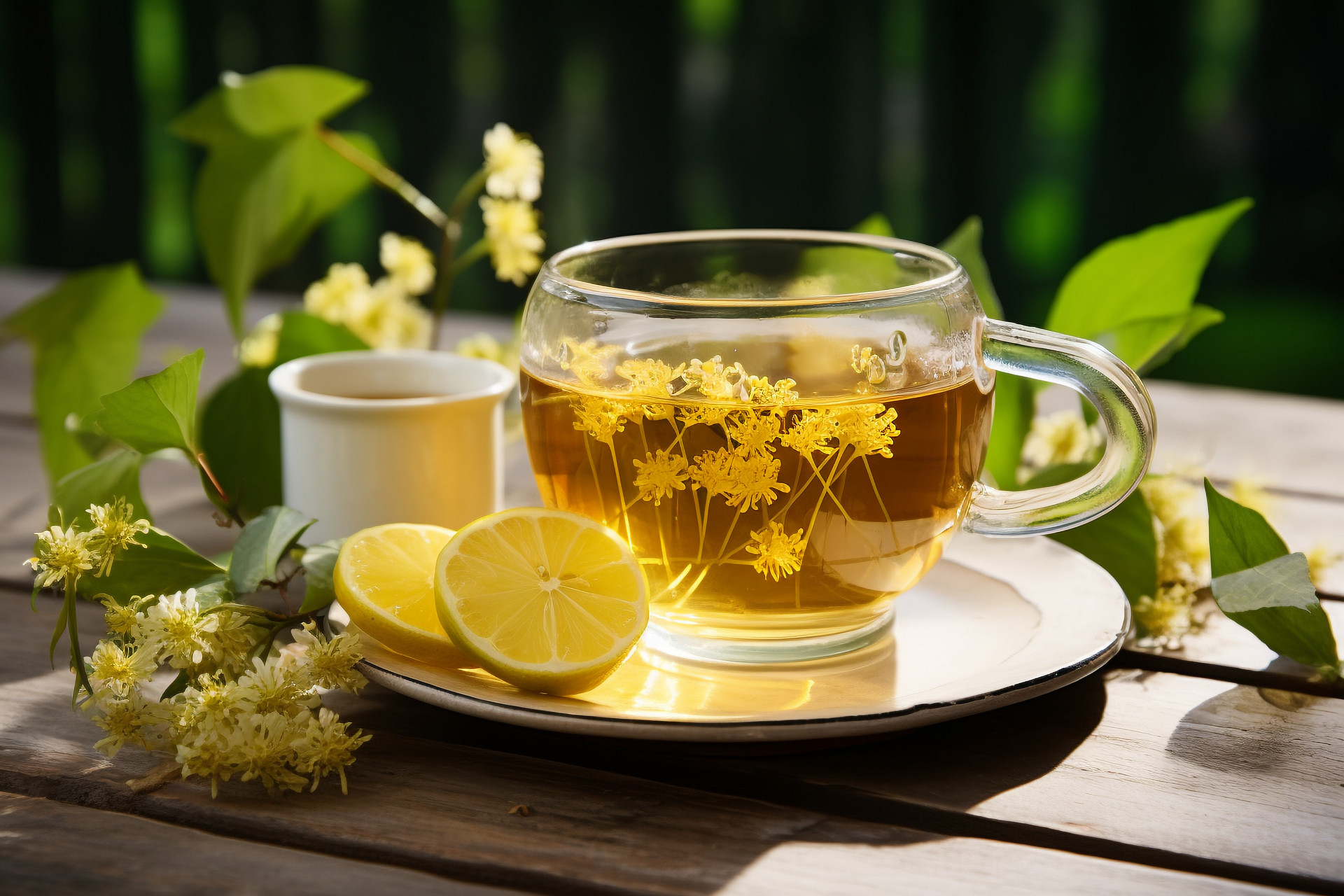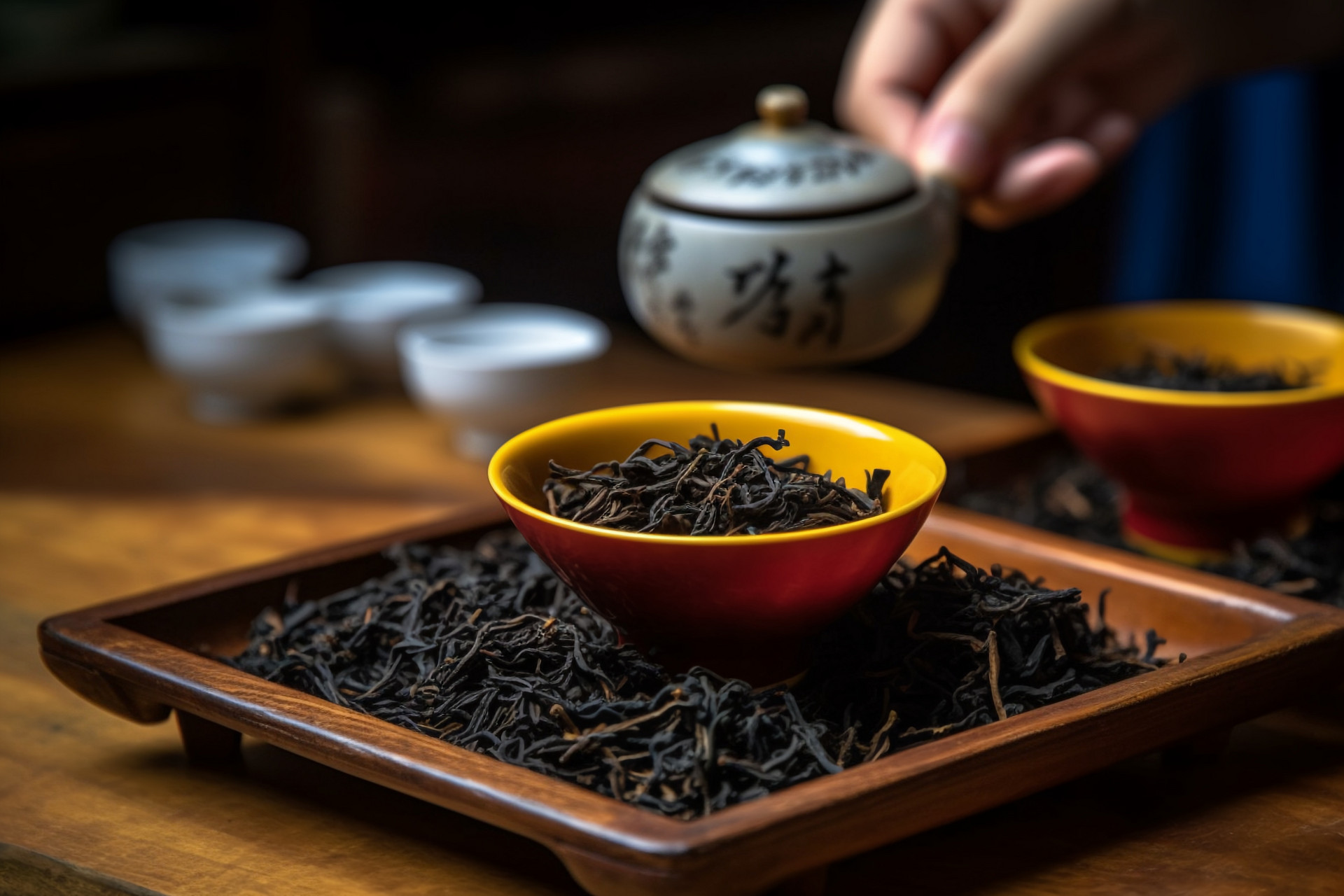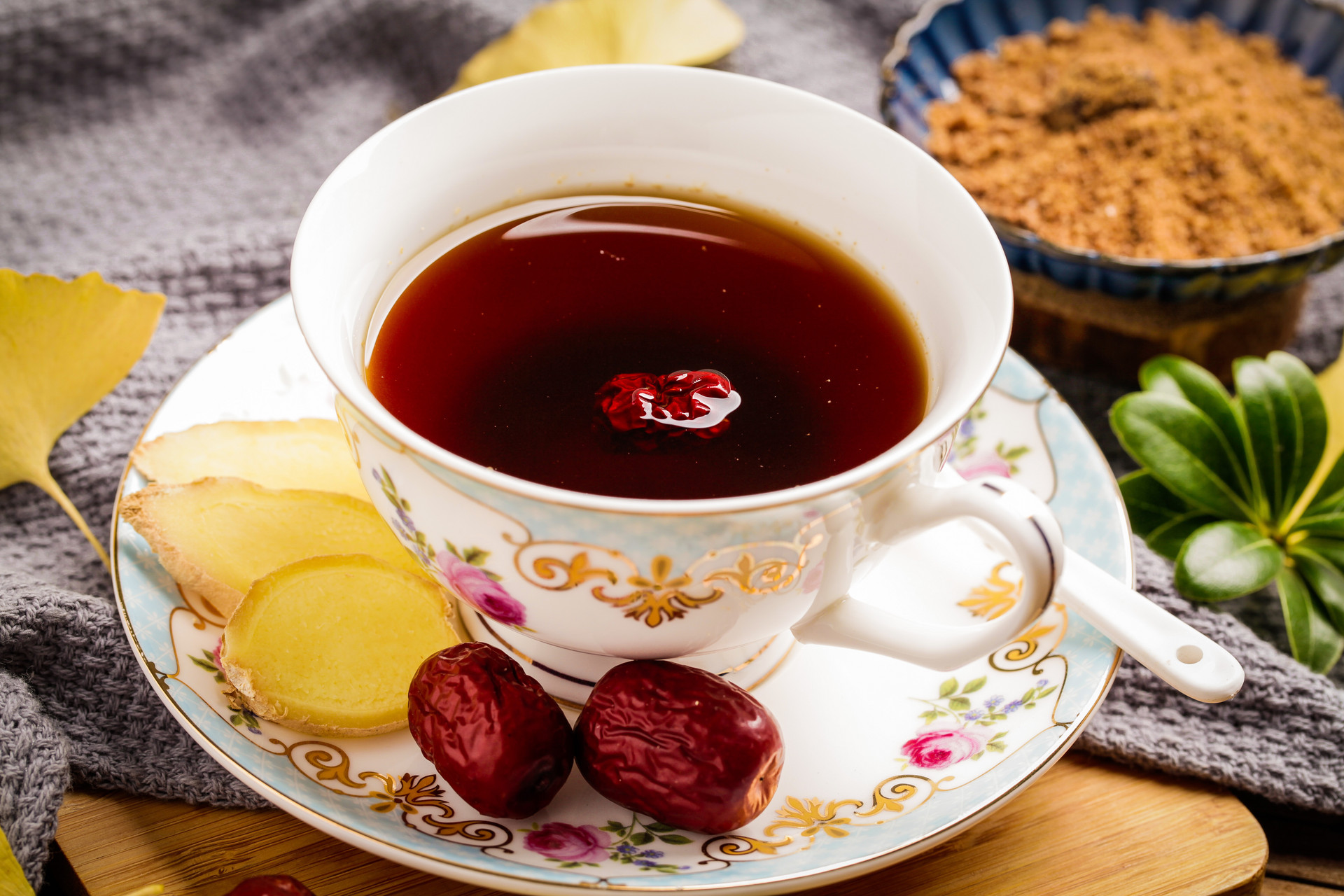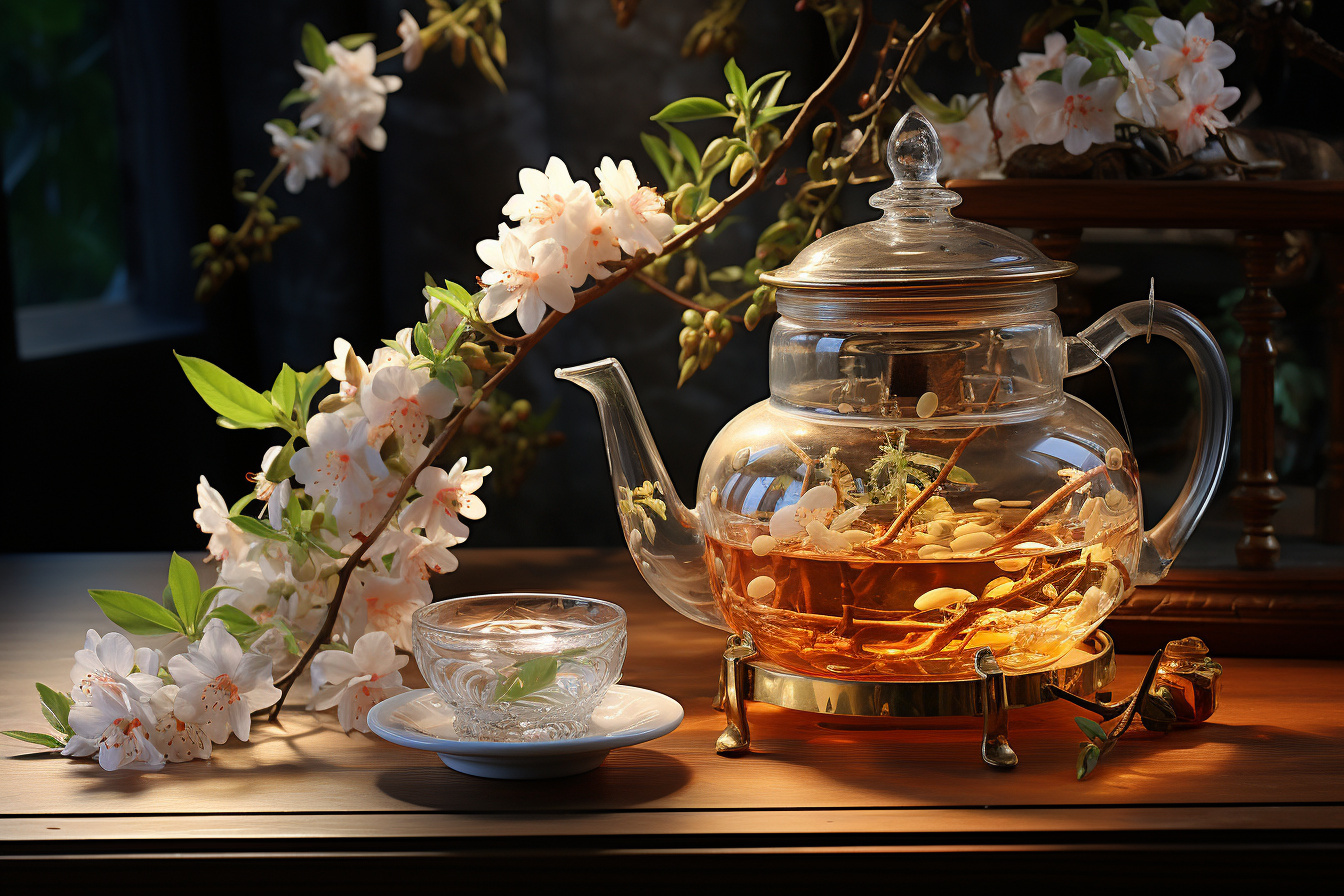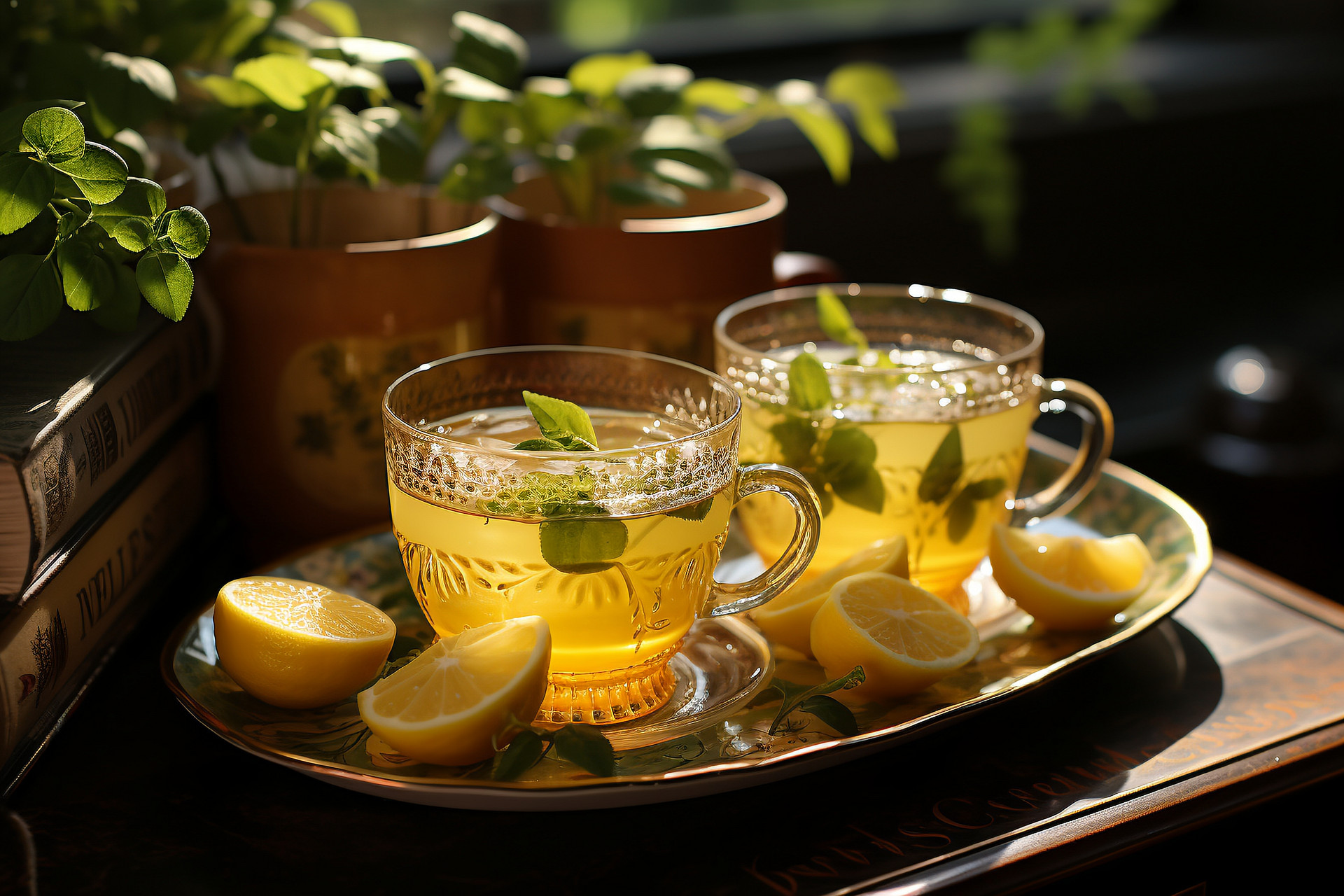Jingjie Tea, from "Home Remedies", is used to treat alcoholic rhinitis. Jingjie, also known as false perilla or ginger perilla, has a slightly damp nature, with a spicy and slightly bitter taste. Jingjie has the effects of reducing fever, relieving pain, and stopping bleeding. The most obvious effect of Jingjie is its ability to stop a runny nose, and when combined with ginger, it can dispel coldness!
[Name]
Jingjie Tea
[Effects]
Relieving wind and itching, eliminating hangover and killing parasites, treating alcoholic rhinitis.
[Ingredients]
120g of Jingjie spikes, 30g each of Fangfeng, almond (peeled tips), white thistle (fried without thorns), silkworm (fried), and licorice (fried and roasted), appropriate amount of tea leaves.
[Preparation]
1. Grind the first six ingredients into powder, mix well. Take 6g of the powder each time, boil with tea leaves or soak in hot water and take 2-3 times a day.
2. Grind the above seven ingredients into powder, wrap them in filter paper or clean gauze bags. Take 9g each time, brew with boiling water for 10 minutes, and warm the eyes. Take twice a day.
[Treatment]
Alcoholic rhinitis.
[Contradictions]
Avoid spicy and stimulating foods such as alcohol.
[Effects of Jingjie in Different Formulas]
1. Jingjie combined with Fangfeng strengthens the effect of dispelling wind and releasing the surface.
2. Jingjie combined with peppermint can strengthen the sweating effect of releasing the surface.
3. Jingjie combined with silkworm dispels wind and releases the surface, and treats conditions such as wet belt syndrome.
4. Jingjie combined with rhubarb clears heat and promotes bowel movements.
[What is alcoholic rhinitis?]
Alcoholic rhinitis is caused by the excessive secretion of sebaceous glands in the nose. It is usually characterized by redness of the skin on the outer nose, especially the tip of the nose, which looks very unsightly, also known as "rosacea" and "red nose". Many middle-aged people are troubled by this, as it is a chronic inflammatory skin disease that occurs on the nose.
Alcoholic rhinitis and acne are sister diseases. They both occur on the face and are accompanied by sebum excretion, making the skin look oily and shiny, but their nature is different.
1. Alcoholic rhinitis occurs later than acne, and it mainly occurs in middle-aged people.
2. The rash of alcoholic rhinitis is distributed differently from acne. It is mainly limited to the diamond-shaped area centered on the nose, including the forehead, cheeks, and chin, while acne can be seen on the chest, shoulders, back, and buttocks.
3. The rash of alcoholic rhinitis is different from acne. Redness, capillary dilation, and thickening of the skin on the nose are more common in alcoholic rhinitis, while blackheads, nodules, and cysts belong to acne. Papules and pustules are present in both conditions.


![[The Risks of Eating Hawthorn During Pregnancy]](https://tcmmaintenance.com/uploads/20240715/97742b67f97f94c495ae1389337c5c41.jpg)
